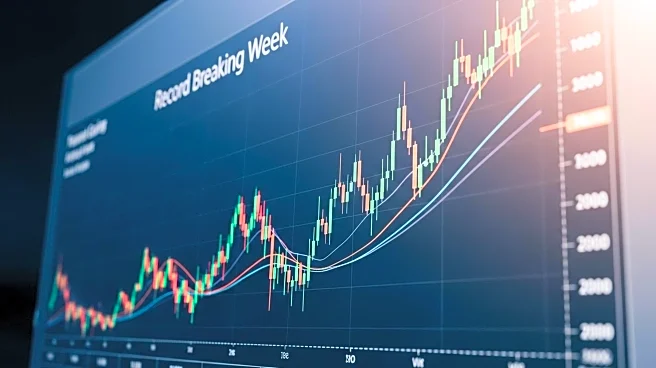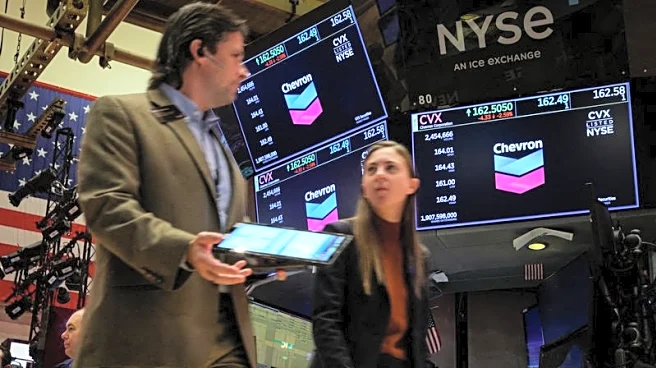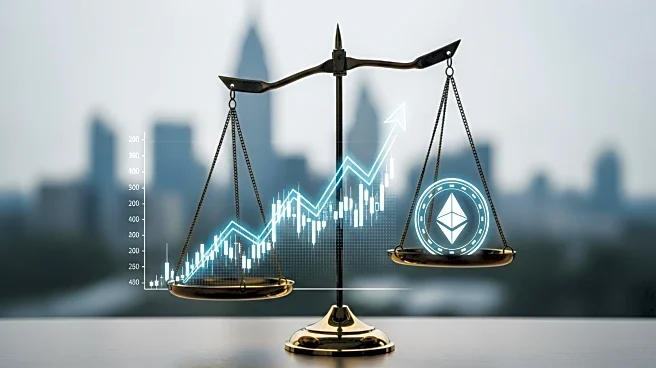What's Happening?
Paul Tudor Jones, founder and chief investment officer of Tudor Investment, has expressed concerns about the current stock market conditions, likening them to the period leading up to the dot-com bubble burst in 1999. He noted that the tech-heavy Nasdaq Composite has surged 55% from its April bottom, driven by investments in artificial intelligence by major tech companies. Jones highlighted the speculative behavior and circular deals in the AI space, suggesting that these factors could lead to a 'blow off' top in the bull market. He pointed out differences in fiscal and monetary policy compared to 1999, with the U.S. now running a 6% budget deficit, contrasting the budget surplus of that era.
Why It's Important?
Jones' analysis is significant as it underscores the potential risks in the current market environment, particularly for investors in technology stocks. His comments suggest that while there may be opportunities for substantial gains, there is also a risk of a sharp market correction. This could impact investors, hedge funds, and financial institutions heavily invested in tech stocks. The broader implications for the U.S. economy include potential volatility in stock prices, which could affect consumer confidence and spending.
What's Next?
Jones anticipates that the bull market has room to run before reaching its peak, driven by speculative buying and retail investment. He advises owning a mix of gold, cryptocurrencies, and Nasdaq tech stocks to capitalize on the rally. Investors and financial advisors may need to prepare for potential market shifts and consider strategies to mitigate risks associated with a possible market downturn.
Beyond the Headlines
The situation highlights the tension between capturing gains in a late-stage bull market and the risk of a painful correction. It raises questions about the sustainability of current market valuations and the role of fiscal and monetary policy in shaping market dynamics.











